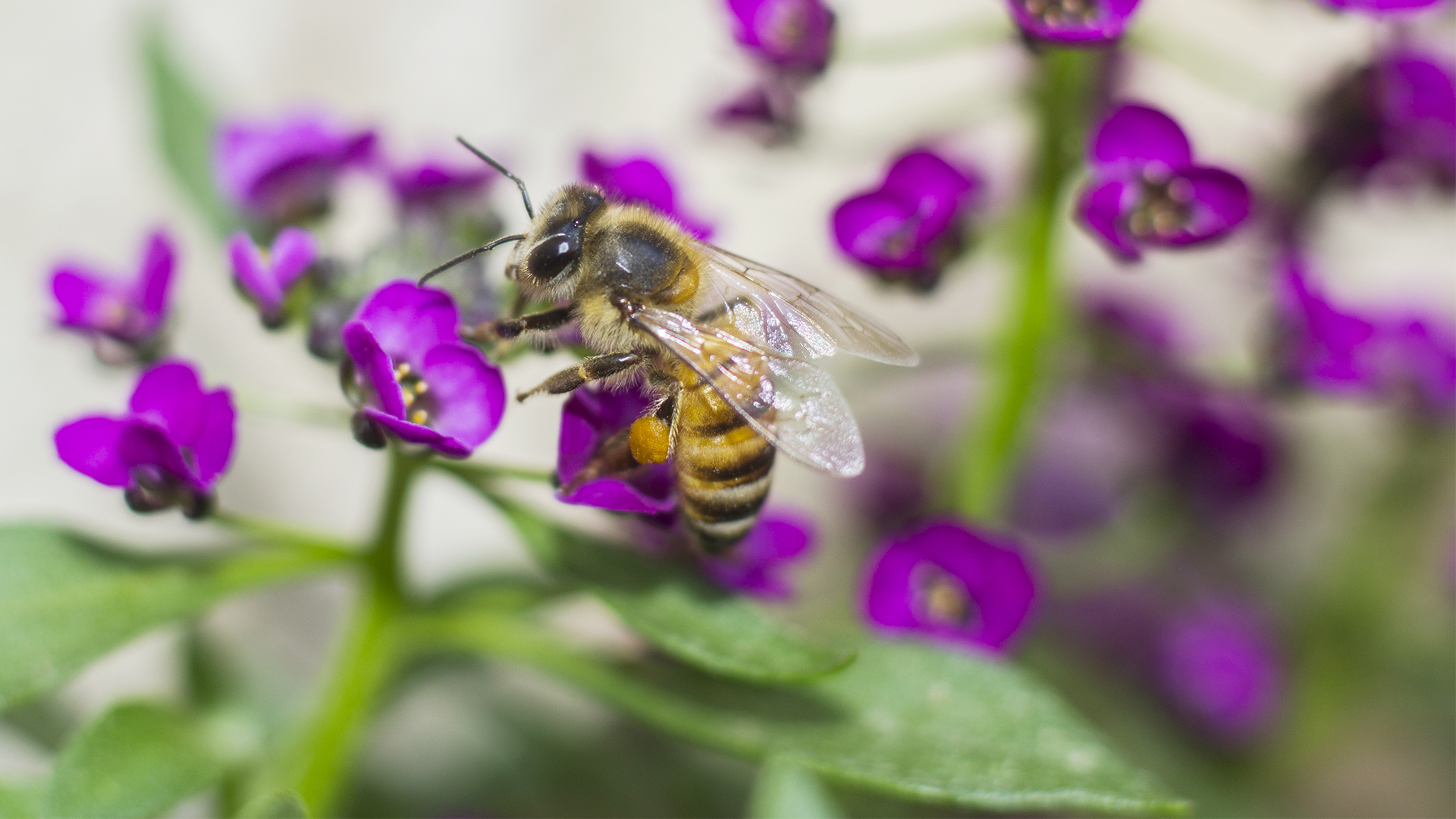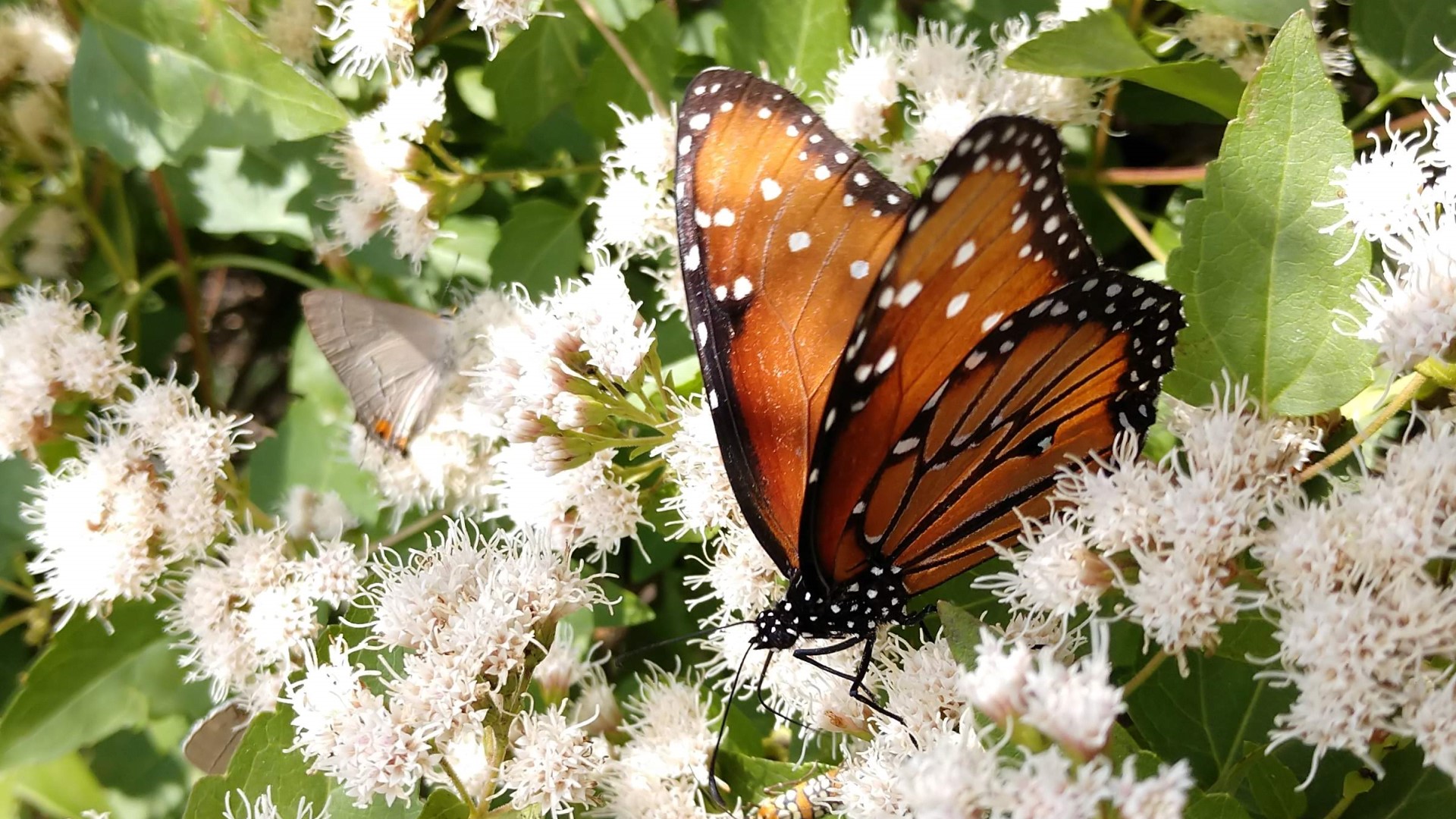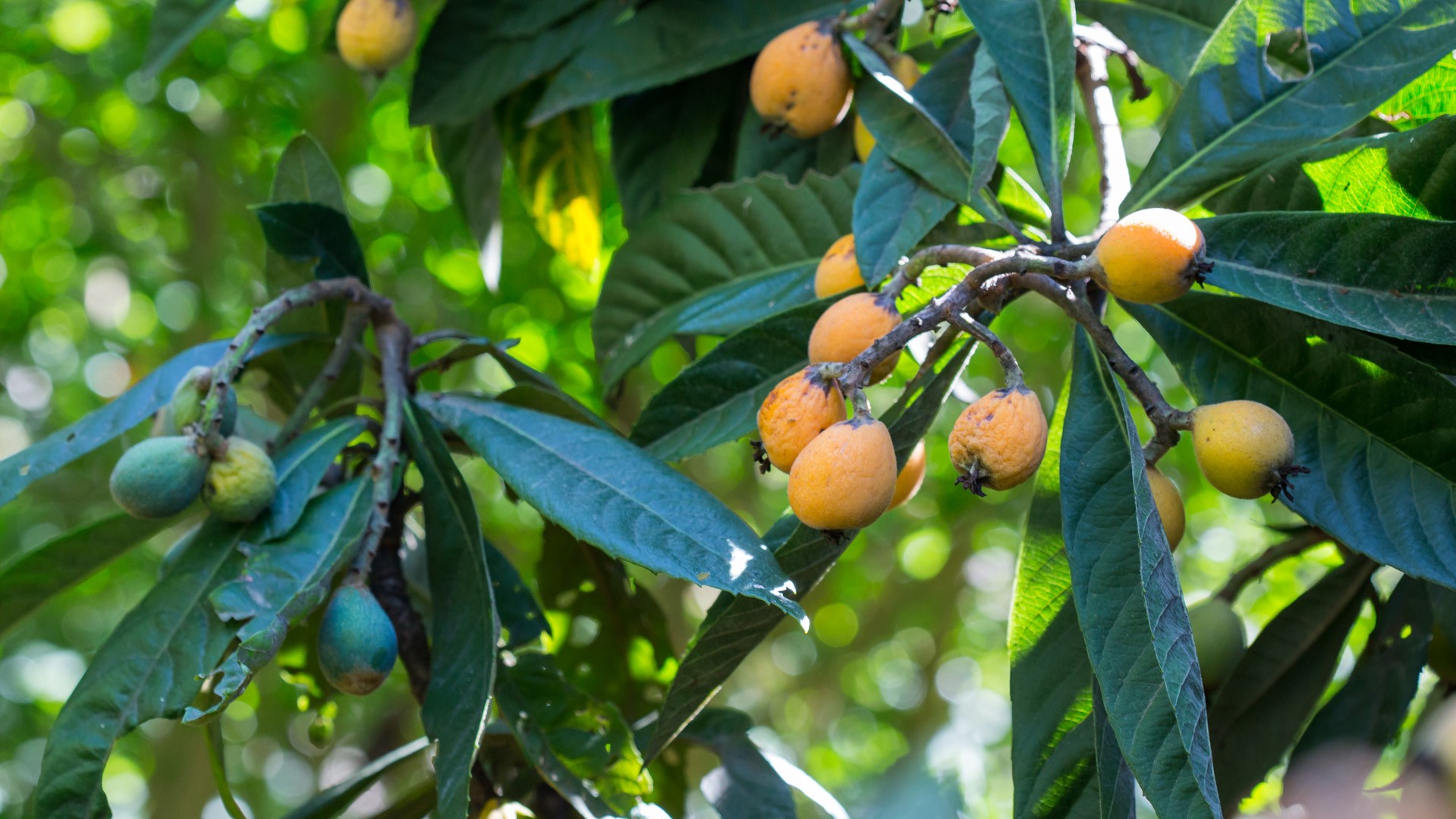South Texas weather can be wacky and frustrating to humans. But drastic weather changes can really perplex pollinators too. Learn how you can help them out.
One minute we’re bundled up in parkas and the next we’re dressed down in t-shirts and shorts. But we’re not the only ones who get discombobulated by the wacky South Texas weather. Insects are too.
In fact, any day with sunshine and temperatures above 62 degrees, you may find a few wobbly bees or butterflies awaken from dormancy in search of a meal. You — or actually your landscape — can help our fuzzy pollinator friends weather the weather.
Make sure you have some of these plants around during the winter. By the way, bees prefer white, yellow, blue and violet flowers. Butterflies prefer small cups within cone-shaped flowers.
Annuals
Alyssum: This cool season bedding plant is a bee favorite. Alyssum, aka sweet alyssum, comes in white, purple and pink varieties. ‘White Stream’ is a heat-tolerant variety.
Blue curls: a very early bloomer favored by all pollinators. Does well in sun and partial shade.
Sweet peas: This vining plant produces sweet-smelling flowers in red, pink, blue, white and lavender. Use a tomato cage for maximum effect.
Stocks: Another sweet smelling annual that attracts both bees and butterflies. Stocks come in purple, pink, red, white and yellow colors and will bloom into April.
Violas: Violas are one of my favorite winter annuals. Technically, pansies are violas, but I’m referring to smaller selections like ‘Johnny-jump-ups’ and near-solid color varieties. Some call violas mini pansies, but I call them cute and versatile.

Perennials
Cherry or autumn sage: There are a multitude of Salvia species and pollinators love them all. Both cherry sage and mealy blue sage will bloom sporadically during the winter.
Firecracker fern: Russelia equisetiformis provide a smattering of red tubular flowers that are particularly attractive to butterflies, but bees like them too.
Mistflower: Again, several different mistflower species to choose from for both bees and butterflies, but Gregg’s mistflowers should produce sporadic blooms during the winter.
Rosemary: Warm, sunny days encourage rosemary to bloom in early February. Endures hot sun and poor soil with little watering once established.
Wright’s skullcap: Another native that is overlooked and will produce blue flowers during the winter.

Trees and shrubs
Agarita: Agarita is one of those native shrubs that should be in every landscape in San Antonio, but sadly it’s not. It’s drought tolerant, shade tolerant, deer tolerant and produces flowers early in the spring for bees and butterflies.
Citrus: One of the best bets for hungry bees in January and February are citrus. Changsha tangerine, Satsuma mandarin, Kumquat, Meyer’s improved lemon begin repeated flowering in late winter through late spring. Studies from the UK indicate citrus pollen may be medicinal to bees.
Loquat: That delightful fragrance in the air in January is loquat or Chinese plum, one of the few species that truly flower during winter. Because loquat can become invasive, use just one or two individual trees instead of using it as a hedge.



